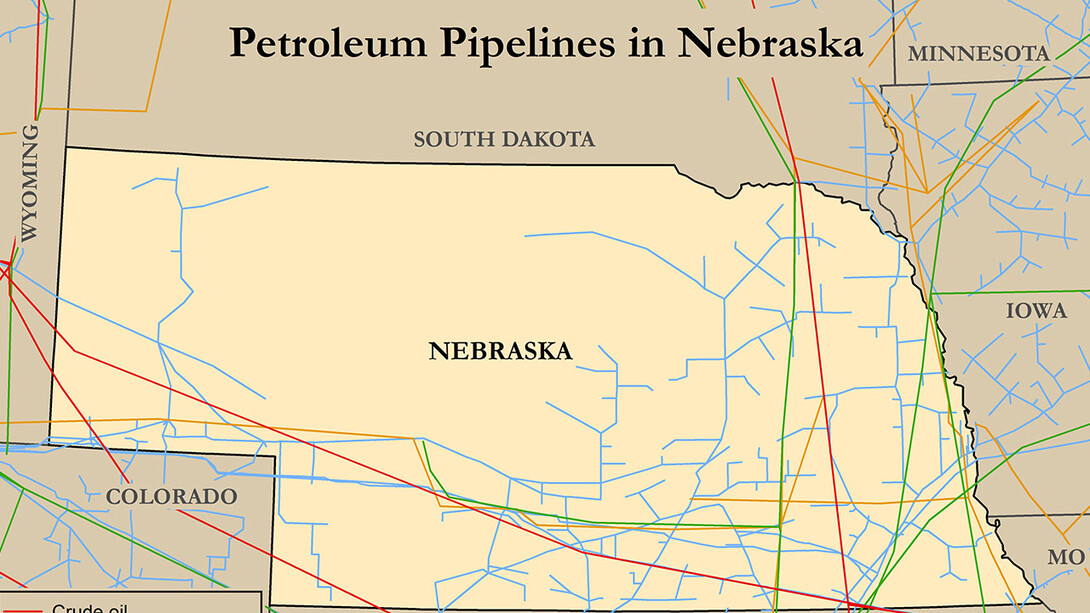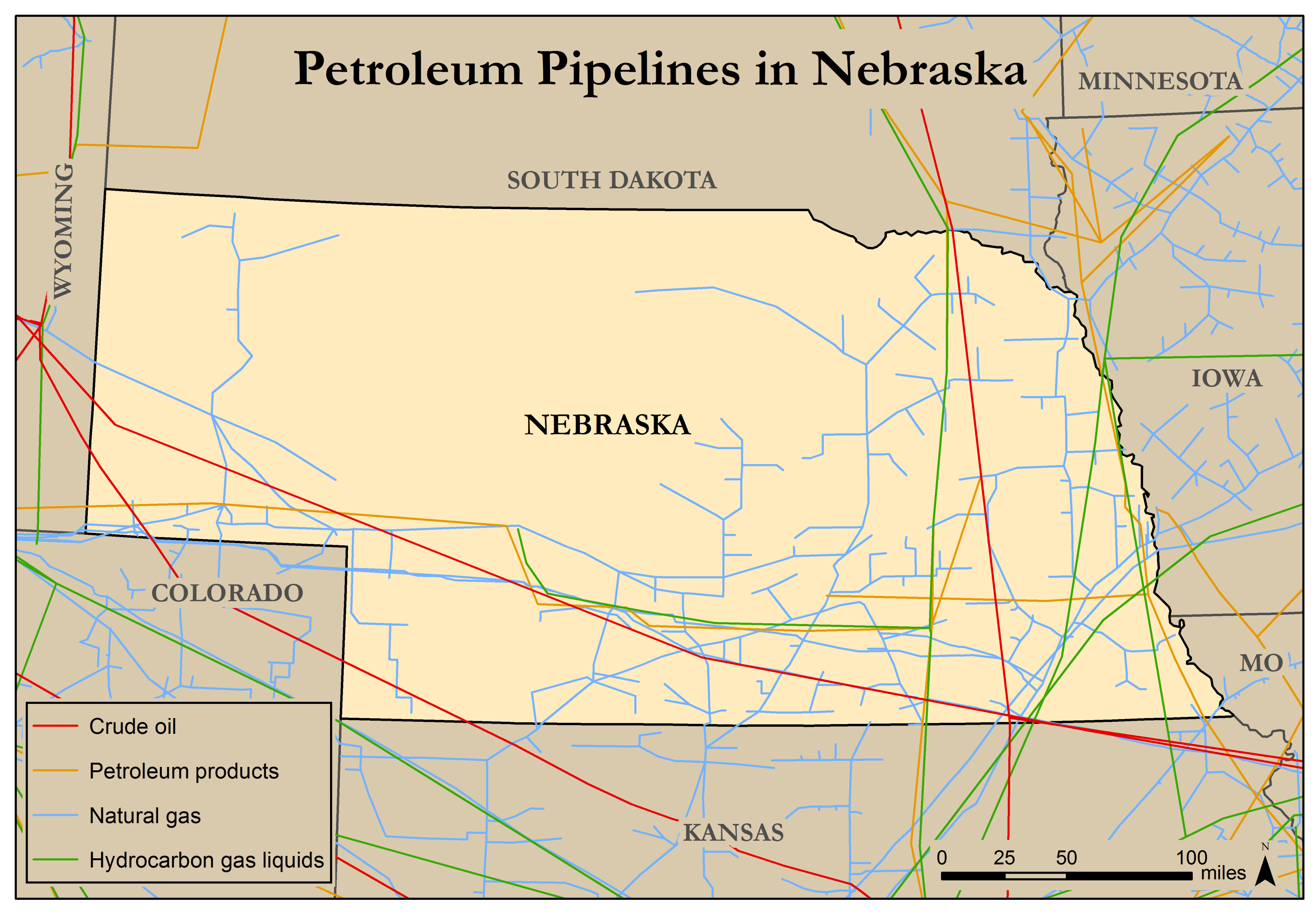
A new publication from Nebraska Extension focuses on one of the nation’s most debated topics: petroleum pipelines.
“Assessing Petroleum Pipelines – Facts and Safety” was written by Steven S. Sibray, geoscientist at the Panhandle Research and Extension Center in Scottsbluff, and Douglas R. Hallum, hydrogeologist at the West Central Research and Extension Center in North Platte. The publication does not take sides or answer every question about pipelines, according to the authors. Rather, it gathers factual information to facilitate discussion.
Readers will find sections on the historical and social context of pipelines; some basic facts about construction, engineering and preventive safety measures; a look at the human and environmental impacts of spills and leaks; and ways to detect and respond to spills.
Many miles of pipeline run beneath Nebraska, Sibray said. In many locations, they cross surface water bodies such as streams and rivers. Many existing pipelines are natural gas lines that people rely on to heat their homes, he said.
“Today natural gas is plentiful and relatively cheap as a result of the development of horizontal drilling combined with hydraulic fracturing,” Sibray said.
Pipelines date back to the 19th century. Natural gas has been extracted since 1821, but natural gas pipelines didn’t become important nationally until after World War II. More than 25 million miles of pipeline run underneath the United States.
According to the publication, residential natural gas pipelines are present in much of the United States and distribute natural gas to customers in 79 counties in Nebraska. Large interstate petroleum transmission lines cross under large parts of Nebraska and surrounding states.
“When we build new pipelines, we’re modernizing the overall ability to transport petroleum across the country,” Hallum said.
The topic of spills, leaks and their consequences is also included in the publication. It features a list of selected pipeline spills and various incidents from 1950 through 2015, including about a half-dozen Nebraska occurrences. Several case studies describe spills and leaks, and their consequences, in more depth.
The human role in pipeline monitoring is vital, the authors said, even with advanced leak-detection technology. The publication notes that modern pipelines are cleaner and safer than they used to be. The volume of spilled material has declined by more than 70 percent in the past 50 years.

Sibray and Hallum said they hope the new publication is a meaningful contribution to the pipeline discussion.
“The goal was to create a succinct document that had a lot of information that would allow a casual reader to spend five minutes and get something out of it, but also have enough information that you could spend a significant amount of time and really dig into the meat of what’s going on,” Hallum said.
Printed copies of the publication are available at the Panhandle Research and Extension Center and West Central Research and Extension Center.








